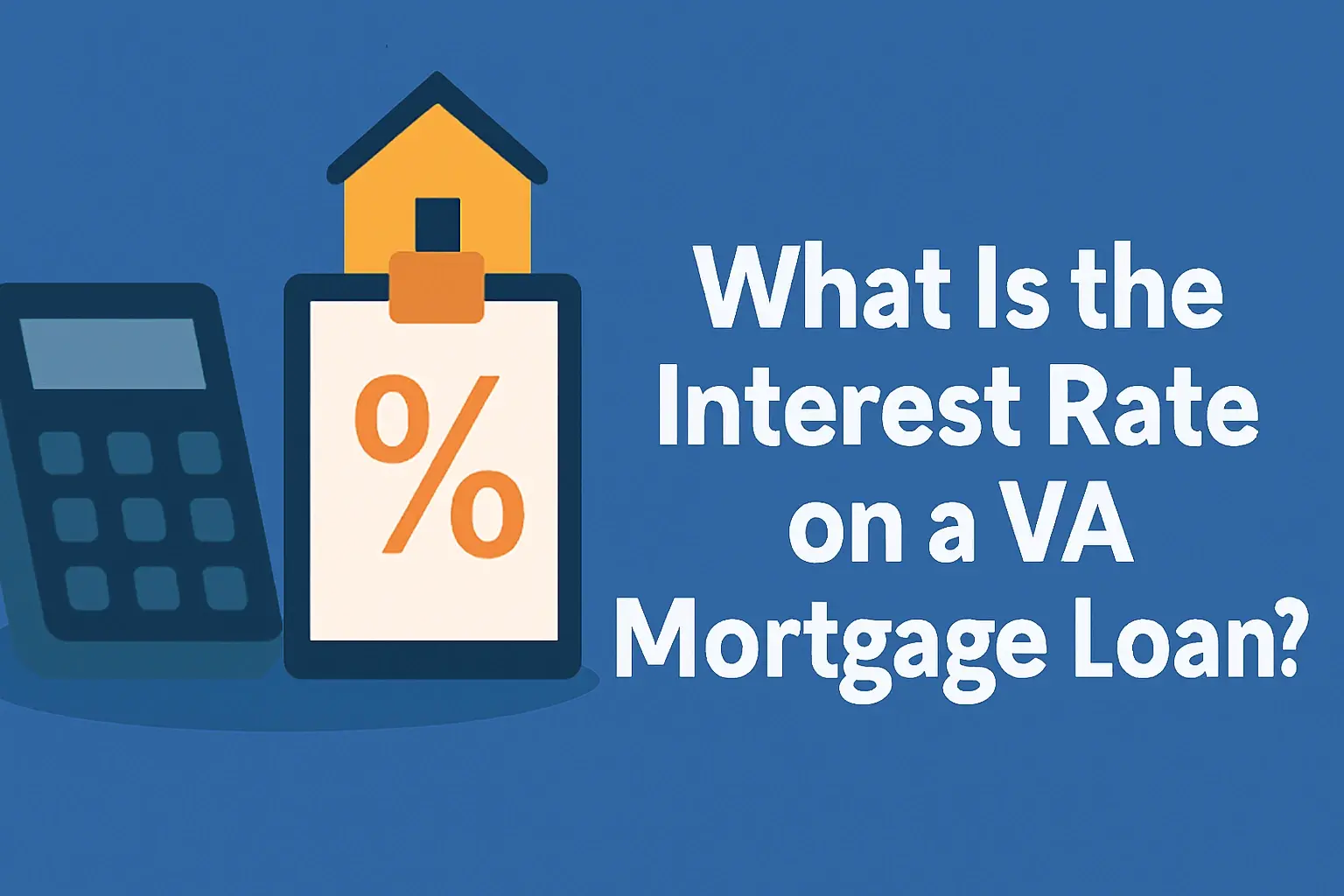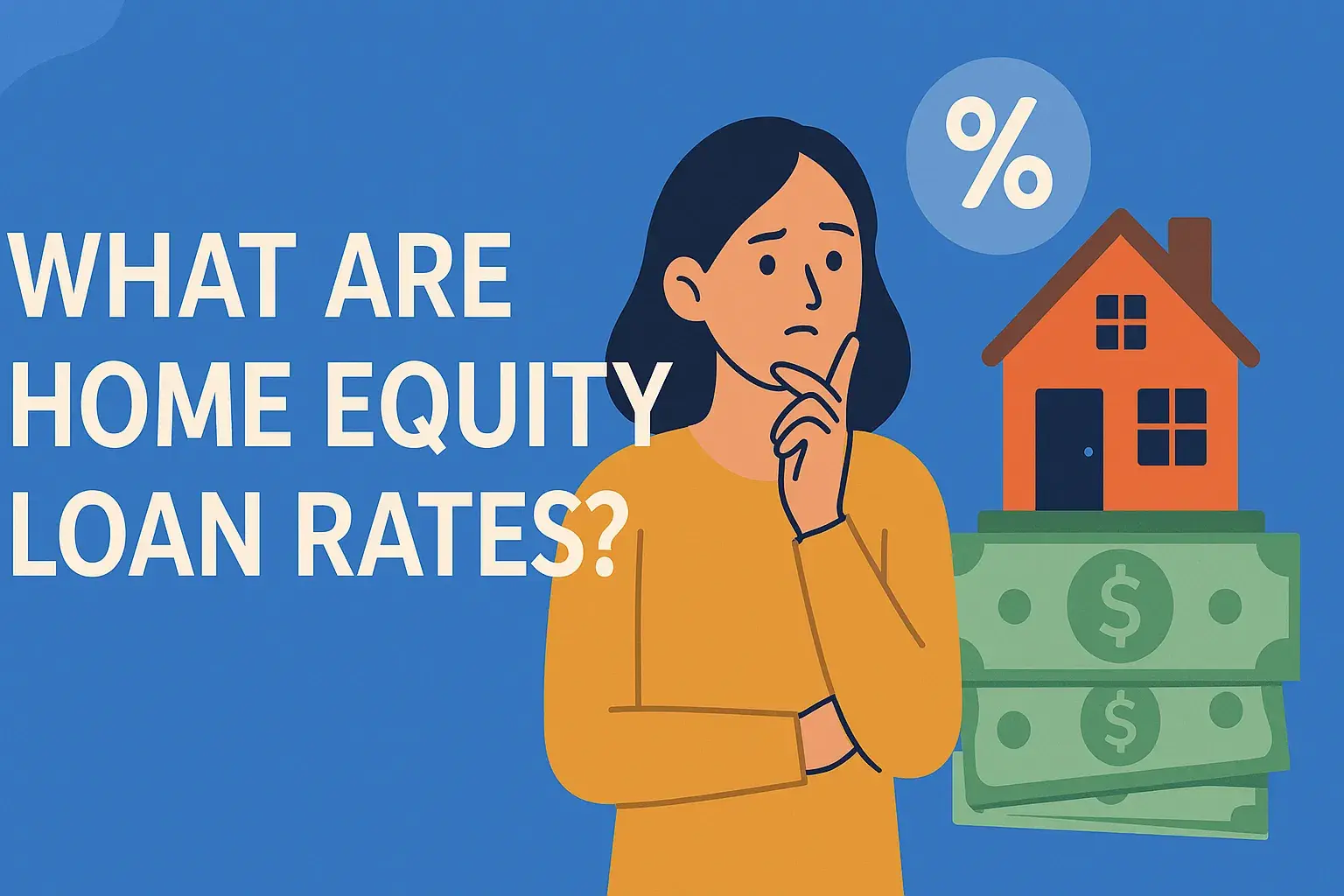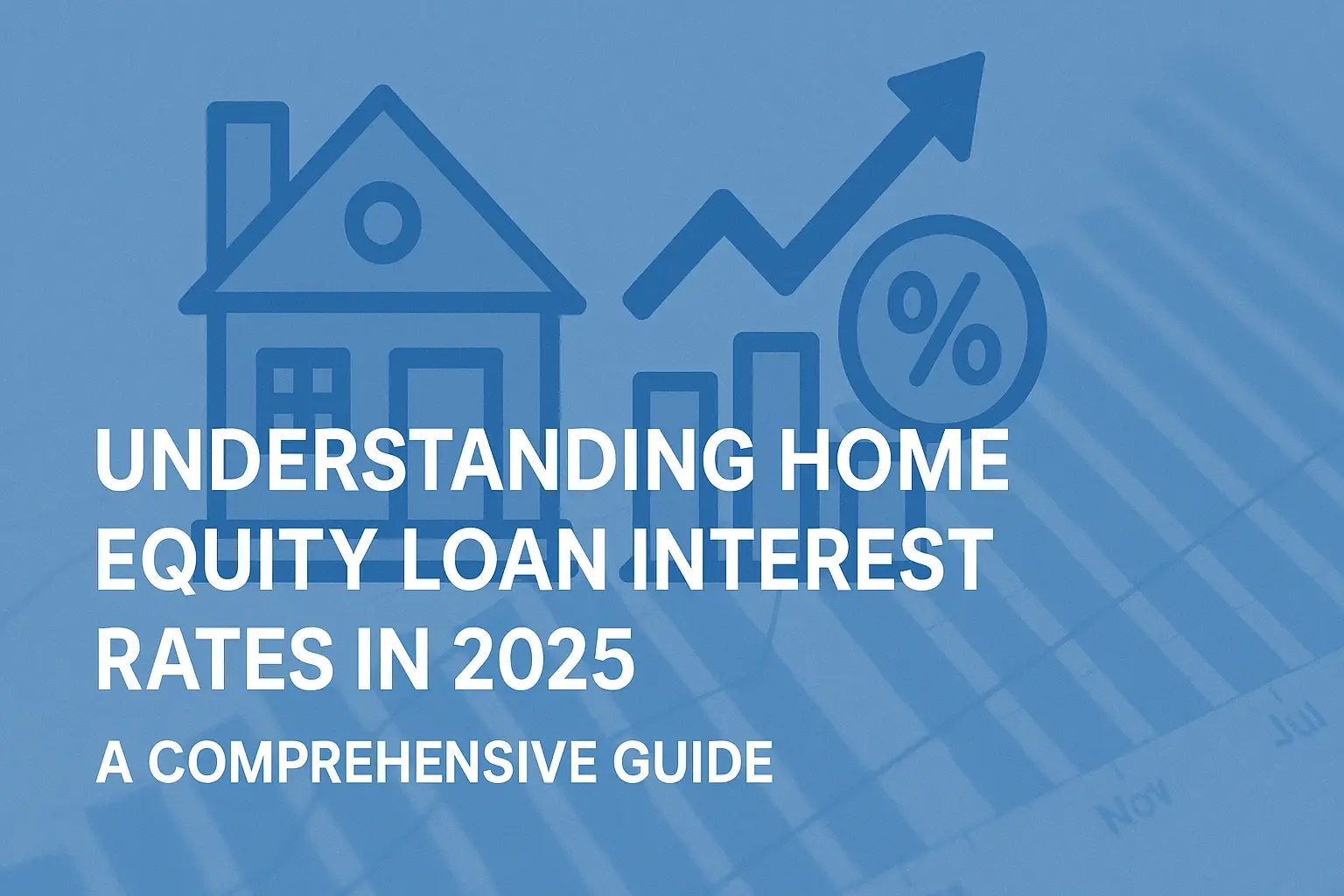The VA home loan program is a fantastic benefit for eligible veterans, active-duty service members, and surviving spouses. It offers competitive interest rates, often requires no down payment, and doesn't necessitate private mortgage insurance (PMI). Understanding the qualification criteria is the first step toward leveraging this valuable program to achieve homeownership. This comprehensive guide will walk you through everything you need to know about qualifying for a VA home loan.
Understanding the VA Home Loan Benefit
Before diving into the specifics of eligibility, let's briefly discuss what makes VA loans so attractive:
- No Down Payment: One of the biggest advantages is the possibility of purchasing a home with no down payment. This significantly reduces the upfront costs associated with homeownership.
- No Private Mortgage Insurance (PMI): Unlike conventional loans with down payments less than 20%, VA loans don't require PMI. This saves you money each month.
- Competitive Interest Rates: VA loans generally offer lower interest rates compared to conventional loans, resulting in lower monthly payments and significant savings over the life of the loan.
- Easier to Qualify: While not guaranteed, VA loans often have more lenient credit and debt-to-income ratio requirements than conventional loans.
- VA Guarantee: The VA partially guarantees the loan, meaning the lender is protected against loss if you default. This allows lenders to offer more favorable terms.
Who is Eligible for a VA Home Loan?
Eligibility for a VA home loan is determined by specific service requirements. Generally, you are eligible if you meet one or more of the following criteria:
- Active Duty Service Members: Typically, you must have served 90 days of active duty during wartime or 181 days during peacetime.
- Veterans: Veterans who meet the minimum service requirements mentioned above are generally eligible.
- National Guard and Reservists: Those who have completed at least 90 days of active duty under Title 32 or Title 10, or six creditable years of service in the Selected Reserve or National Guard are often eligible.
- Surviving Spouses: Unmarried surviving spouses of veterans who died in service or from a service-connected disability may be eligible.
Certificate of Eligibility (COE)
The first step in the VA loan process is obtaining a Certificate of Eligibility (COE). This document proves to the lender that you meet the military service requirements for a VA loan. You can obtain a COE through:
- The VA's eBenefits Portal: The easiest way is often online through the eBenefits portal.
- Your Lender: Many lenders can obtain a COE for you.
- Mail: You can download and mail in VA Form 26-1880.
You'll need supporting documentation to verify your service history, such as a DD Form 214 (Certificate of Release or Discharge from Active Duty) or other official military documents.
Key Factors in VA Home Loan Qualification
While the COE confirms your military service eligibility, the lender will also evaluate your financial readiness to repay the loan. Here's a breakdown of the key factors:
Credit Score
While the VA doesn't have a minimum credit score requirement, lenders do. Each lender sets its own credit score threshold. Generally, a credit score of 620 or higher is often considered acceptable. However, some lenders may go lower, and some may require higher scores. A higher credit score generally translates to better interest rates.
Improving Your Credit Score: If your credit score is below the lender's requirement, take steps to improve it:
- Pay Bills on Time: Payment history is a significant factor in your credit score.
- Reduce Credit Card Debt: Aim to pay down high-interest credit card balances.
- Avoid Opening New Accounts: Opening multiple new accounts in a short period can negatively impact your score.
- Check Your Credit Report for Errors: Dispute any inaccuracies you find with the credit bureaus.
Income and Employment
Lenders need to verify that you have stable and sufficient income to repay the loan. They typically look for:
- Stable Employment History: A consistent employment record, ideally for at least two years, demonstrates reliability.
- Verifiable Income: Lenders will require documentation such as pay stubs, W-2s, and tax returns to verify your income.
- Adequate Income: Your income must be sufficient to cover your monthly mortgage payments, property taxes, insurance, and other debts.
Self-employed individuals will need to provide more extensive documentation, such as profit and loss statements and tax returns, to demonstrate consistent income.
Debt-to-Income Ratio (DTI)
The debt-to-income ratio (DTI) is a crucial factor in VA loan qualification. DTI is calculated by dividing your total monthly debt payments (including the proposed mortgage payment) by your gross monthly income. Lenders use DTI to assess your ability to manage your debts.
Ideal DTI: While the VA doesn't have a hard-and-fast DTI limit, most lenders prefer a DTI of 41% or less. However, some lenders may approve borrowers with higher DTIs, especially if they have compensating factors like a high credit score, significant savings, or a low loan-to-value ratio.
Lowering Your DTI: If your DTI is too high, consider these strategies:
- Pay Down Debt: Reducing your outstanding debt balances will lower your monthly debt payments.
- Increase Your Income: Explore opportunities to increase your income through a raise, promotion, or side hustle.
Residual Income
VA loans have a unique requirement called "residual income." This is the amount of money you have left over each month after paying all your major expenses, including your mortgage payment, taxes, insurance, and other debts. The VA has specific residual income guidelines based on family size and geographic region. Lenders use these guidelines to ensure you have enough money left over to cover living expenses after making your mortgage payment.
This is a crucial factor. Even if your DTI is acceptable, you might be denied if you don't meet the residual income requirements for your area and family size.
Property Requirements
The property you wish to purchase must also meet certain requirements to qualify for a VA loan. The VA requires an appraisal to ensure the property is safe, sanitary, and structurally sound. The appraisal also determines the fair market value of the property.
Minimum Property Requirements (MPRs): The property must meet the VA's Minimum Property Requirements (MPRs). These requirements are designed to protect the veteran from purchasing a home that is unsafe or in need of significant repairs. Examples include adequate heating, plumbing, electrical systems, and a structurally sound roof. The VA appraiser will identify any necessary repairs that must be completed before the loan can be approved.
The VA Loan Process: A Step-by-Step Guide
Here's a general overview of the VA loan process:
- Obtain Your Certificate of Eligibility (COE): As mentioned earlier, this is the first step.
- Get Pre-Approved: Contact a VA-approved lender and get pre-approved for a loan. This will give you an idea of how much you can borrow and strengthen your offer when you find a home.
- Find a Home: Work with a real estate agent to find a home that meets your needs and budget.
- Make an Offer: Submit an offer to the seller.
- VA Appraisal: If your offer is accepted, the lender will order a VA appraisal.
- Underwriting: The lender will review your application and the appraisal report to determine if you meet the loan requirements.
- Closing: If your loan is approved, you'll attend a closing and sign the loan documents.
Common Mistakes to Avoid
Here are some common mistakes to avoid when applying for a VA home loan:
- Failing to Check Your Credit Report: Review your credit report for errors and take steps to improve your score before applying.
- Not Getting Pre-Approved: Getting pre-approved is essential for understanding your borrowing power and making a strong offer.
- Overlooking Closing Costs: Factor in closing costs, which can include appraisal fees, title fees, and recording fees.
- Ignoring the VA Appraisal: The VA appraisal is crucial for ensuring the property meets the VA's Minimum Property Requirements.
- Maxing Out Your Loan Entitlement: While tempting, consider whether you truly need to borrow the maximum amount. Borrowing less can save you money in the long run.
Refinancing with a VA Loan
The VA also offers refinance options for homeowners with existing mortgages. The most common type of VA refinance loan is the Interest Rate Reduction Refinance Loan (IRRRL), also known as a VA Streamline Refinance. This type of loan allows you to lower your interest rate or shorten your loan term with minimal documentation and often without an appraisal.
Seeking Expert Advice
Navigating the VA loan process can be complex. Consider working with a qualified mortgage professional who specializes in VA loans. They can guide you through the process, answer your questions, and help you find the best loan option for your needs.









